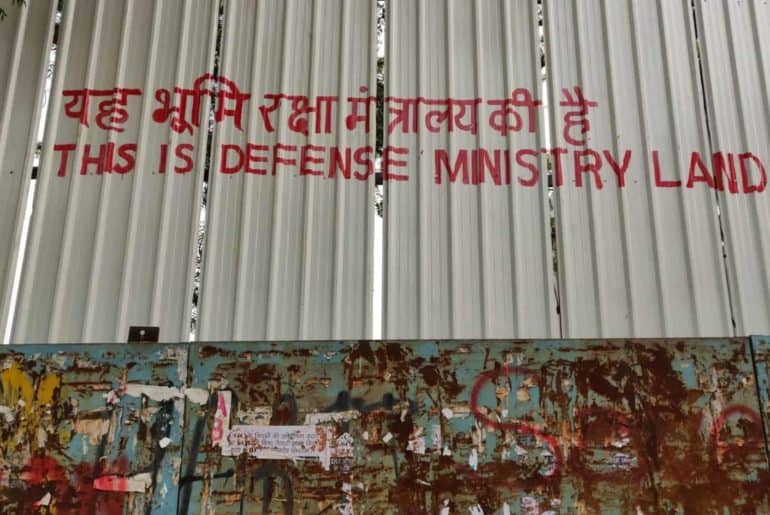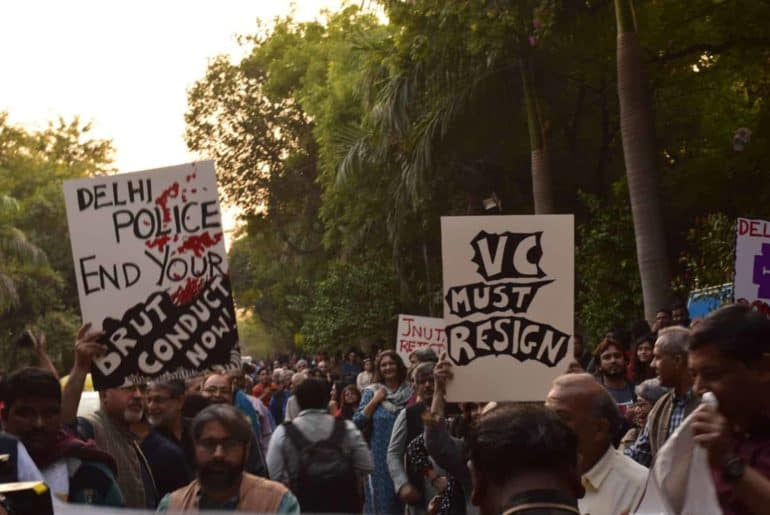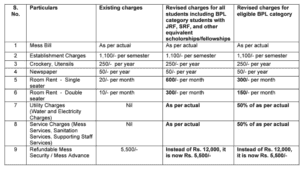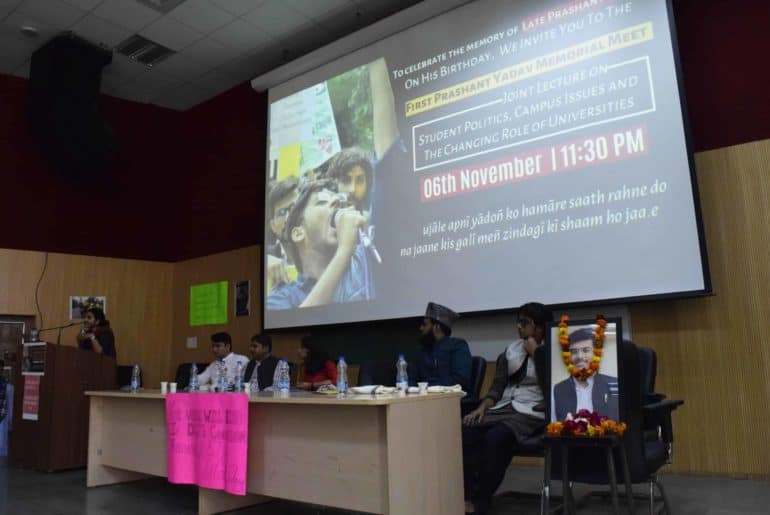The construction of a 39 floor High Rise building near Vishvavidyala Metro Station has raised important questions about ownership of this land. While the Private Builders braces up to construct a multi-story high rise complex, they want us to believe that the land belongs to Defense Ministry.
Student bodies, teachers association, environmentalists all of them came together to fight against the construction of 39 storey high rise building near Vishvavidyalaya metro station since early November this year. Their plight? How come an area dedicated to a university be used for corporate functionaries. The road that starts from the Vishvavidalaya Metro Station leads to the School of Open Learning, University Stadium which houses Cluster Innovation Centre and the Delhi School of Journalism, the VC house and Gandhi Bhavan. Imagine, amidst this path a giant corporate building standing which has nothing to do with academics let alone the University. This can be a reality if Young Builders Private Limited is allowed to execute its project at the site.
Going back to the disputed land’s history, it was in 2001 when the Ministry of Defense leashed the land to Delhi Metro Rail Corporation (DMRC) for the construction of Vishvavidyala Metro Station. After using a part of it for metro construction, DMRC subleased the rest to a private company called Young Builders Pvt. Ltd for 218 Crore Rupees. DMRC selling it at more than 5 times the rate it bought (it bought the land from Defense Ministry at 42.4 Crore) is worth noticing, that too when public money is involved.
Since early November, protests started erupting in the north campus demanding the authorities to intervene and stop the construction. Campaigns like ‘Solidarity Through Food’ and ‘Indefinite Protest Strike’ were launched to garner eyeballs. A few days later, you see “Ye Zameen Raksha Mantralaya Ki hai” written on the boundary that walls the land. But, as mentioned earlier, the land was sold to DMRC way back in 2001 and sub leashed to a private company Young Builder Pvt. Ltd, a few years later. So why are the landowners trying to deceive the students by surrendering the blame to Defense Ministry? There’s no denial of the fact that the government might have an active role in this deceit too.
Young Builder Pvt. Ltd is, after all, a non-government company established in 1981 under the Registrar of Companies Act. The company was founded by Vinod Puranmal Bansal who also owns a few other companies.
The construction of this building will compromise with the safety of women living around, torment the environmental stability of the ridge area and create difficulties for people with disabilities who pass through the locality on a daily basis. It’s not that the University has not tried to stop the construction. In 2012, Delhi University moved the High Court against the construction but Court ruled against the varsity saying that the land doesn’t come under North Campus’ jurisdiction. In 2018, DU again filed a case in the National Green Tribunal and the Delhi High Court, but both of them rejected the appeal. In February this year, University appealed to the Supreme Court challenging the previous rulings.
Whereat one end talks of closing the north campus is doing rounds, erecting an odd building out of nowhere which is not even closely related to the varsity or academics will simply dilute the idea of Delhi University. Moreover, the amount of environmental harm it will create can not be undermined,
Feature Image Credits: Jaishree Kumar for DU Beat
Priyanshu











